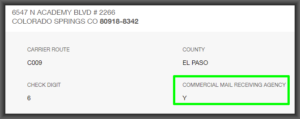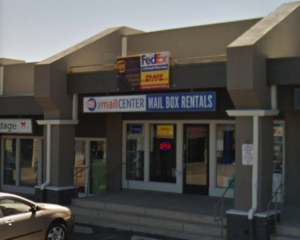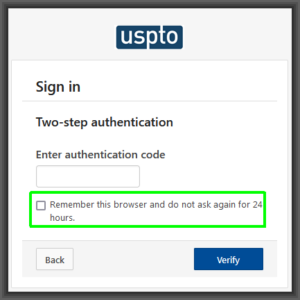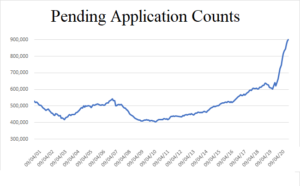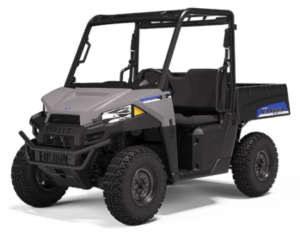(I am delighted to offer this guest post from Beijing Elite Group Intellectual Property Law Office which is a Chinese patent law firm. Until they told me about this imminent change in Chinese design protection law, I knew nothing about the imminent change.) US filers who are considering filing for design patent protection in China will find this article to be very interesting.
Why is June 1, 2021 important for applicants of Chinese design patents?
As you may know, there are three types of patents in China: patents of invention (similar to a utility patent in the US), utility models, and design patents. The design patent protects any new ornamental design of the shape, the pattern, or their combination, or the combination of the color with shape or pattern, of a product.
A first reason why June 1, 2021 is important — broken-line practice. In some design protection Offices (including the US), it is possible to use broken lines to indicate portions of the design that are not claimed. It has not, until now, been possible to use broken lines in this way in China. For example, a bottle-neck cannot be protected solely if it cannot be separated from the rest of the bottle. Starting on June 1, 2021, it will be possible to make use of broken-line practice in China.
The availability of broken-line practice in China will be tied to the filing date of the particular design patent application. Thus, for example, if an applicant is considering filing a Chinese design patent application that claims priority from a non-Chinese design application that makes use of broken-line practice, and if the end of the six-month priority period falls on or after June 1, 2021, then the applicant might wish to consider postponing the filing of the Chinese design patent application until on or after June 1, 2021.
If a Chinese design patent application was filed before June 1, 2021 (and is thus not able to make use of broken-line practice), then it might be thought that an applicant could file a divisional application in China on or after June 1, 2021, making use of broken-line practice. We are uncertain, however, whether the new law will apply to divisional applications filed on or after June 1, 2021, tied to a parent case filed before that date.
Currently, when you have drawings in broken lines, the Chinese Patent Office will either ask you to remove the broken lines or change them into solid lines. However, the applicant cannot do it one way (for example, removing the broken lines) in the current case and file a divisional application in the other way (for example, changing the broken lines into solid lines). With this partial design protected, we do not know for sure whether the US continuation practice, for example, the parent case is all in solid lines and the continuation has some solid lines changed into broken lines to broaden the scope, is permissible.
A second reason why June 1, 2021 is important — longer patent term. Another benefit for filing the design application on or after June 1, 2021 is that the patent term is extended from 10 years from the Chinese filing date to 15 years. (The purpose of the patent term change is to help China to get ready for membership into the Hague Agreement.) This is thus a second reason to postpone the filing of a Chinese design patent application if circumstances permit the applicant to do so.
My thanks to Beijing Elite Group Intellectual Property Law Office for sharing this guest posting.

